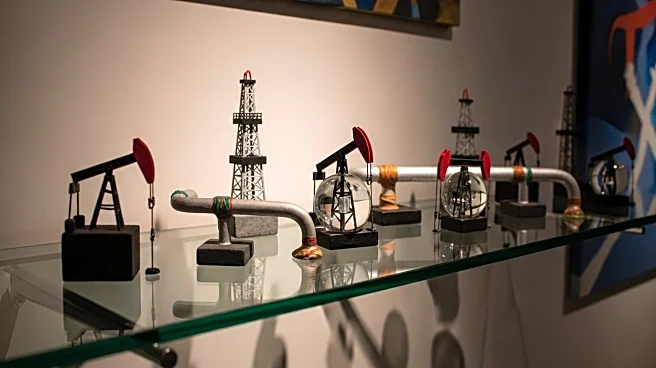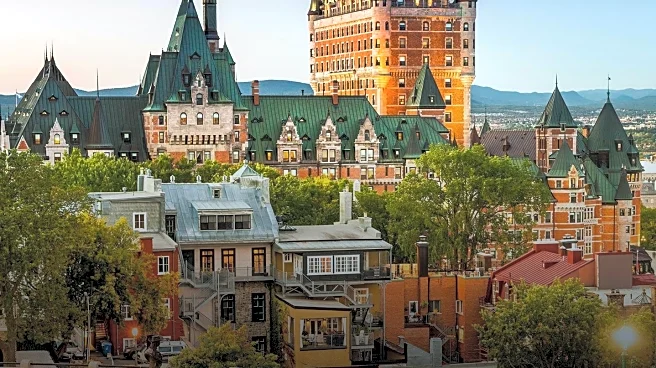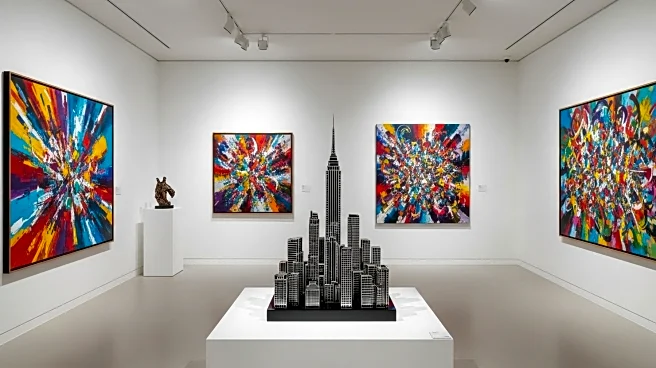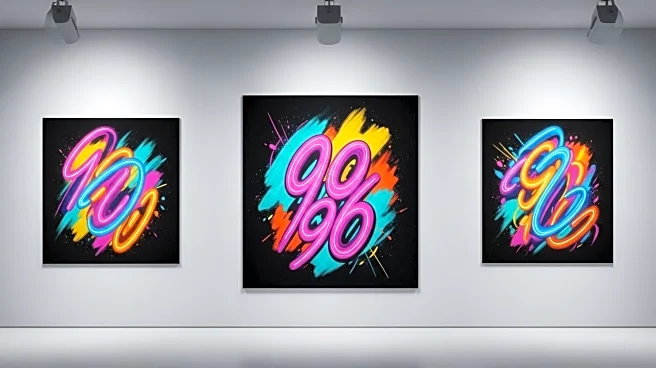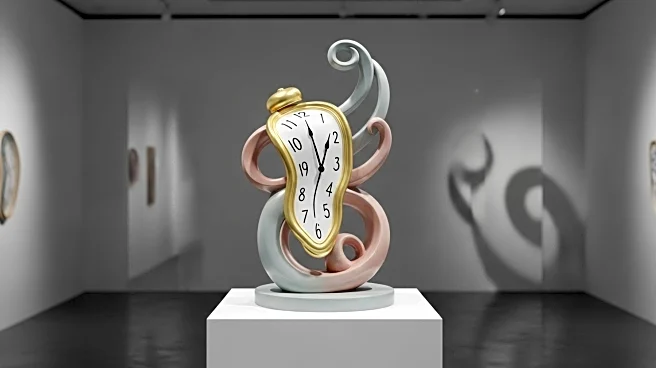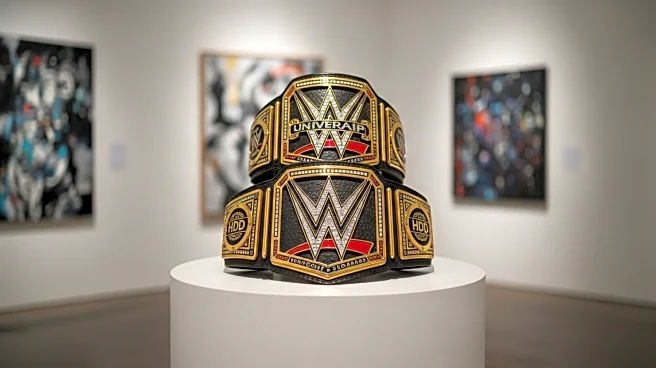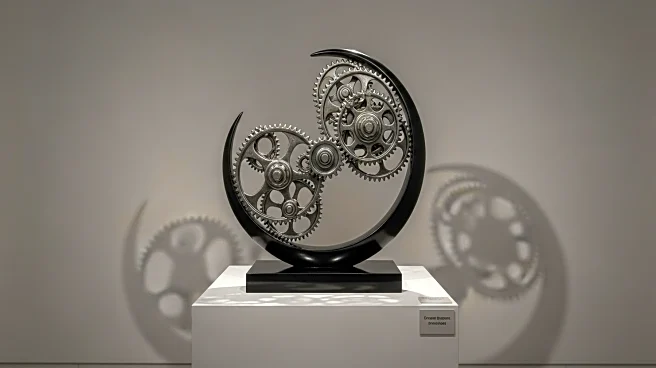What's Happening?
The Tullie Museum in Carlisle, Cumbria, is hosting an exhibition titled 'Colour: A Season of Shades, Tints and Tones,' which explores the multifaceted role of color in society. The exhibition features iconic works from artists such as Andy Warhol, Wassily Kandinsky, Roy Lichtenstein, and Katsushika Hokusai. It aims to demonstrate how color is intertwined with power, prejudice, and emotional expression. The exhibition will run until January 25, showcasing not only famous artworks but also everyday uses of color, including cosmetics and Cadbury's purple. Additionally, the exhibition will include Bronze Age gold jewelry from the museum's collection, highlighting the historical significance of color.
Why It's Important?
This exhibition is significant as it delves into the cultural and societal implications of color, offering visitors a deeper understanding of how color influences perception and emotion. By featuring renowned artists and diverse artifacts, the exhibition provides a comprehensive look at the historical and contemporary roles of color. It encourages viewers to consider the power dynamics and prejudices associated with color, fostering a dialogue on its impact across different cultures and eras. The inclusion of everyday items alongside high art pieces underscores the pervasive nature of color in daily life, making the exhibition relevant to a broad audience.
What's Next?
The exhibition will continue to attract visitors until January 25, with additional events planned, including a talk by American artist Kaffe Fassett, known for his vibrant textile work. This talk is expected to further engage audiences with the themes of the exhibition, offering insights into the creative process and the significance of color in art. The museum may also announce further interactive sessions or workshops to deepen public engagement with the exhibition's themes.
Beyond the Headlines
The exhibition's exploration of color extends beyond visual aesthetics, touching on ethical and cultural dimensions. By addressing how color can be both celebrated and feared, the exhibition prompts reflection on societal biases and the emotional power of color. This approach may inspire future exhibitions to tackle similar themes, encouraging museums to explore the intersection of art, culture, and social issues.

